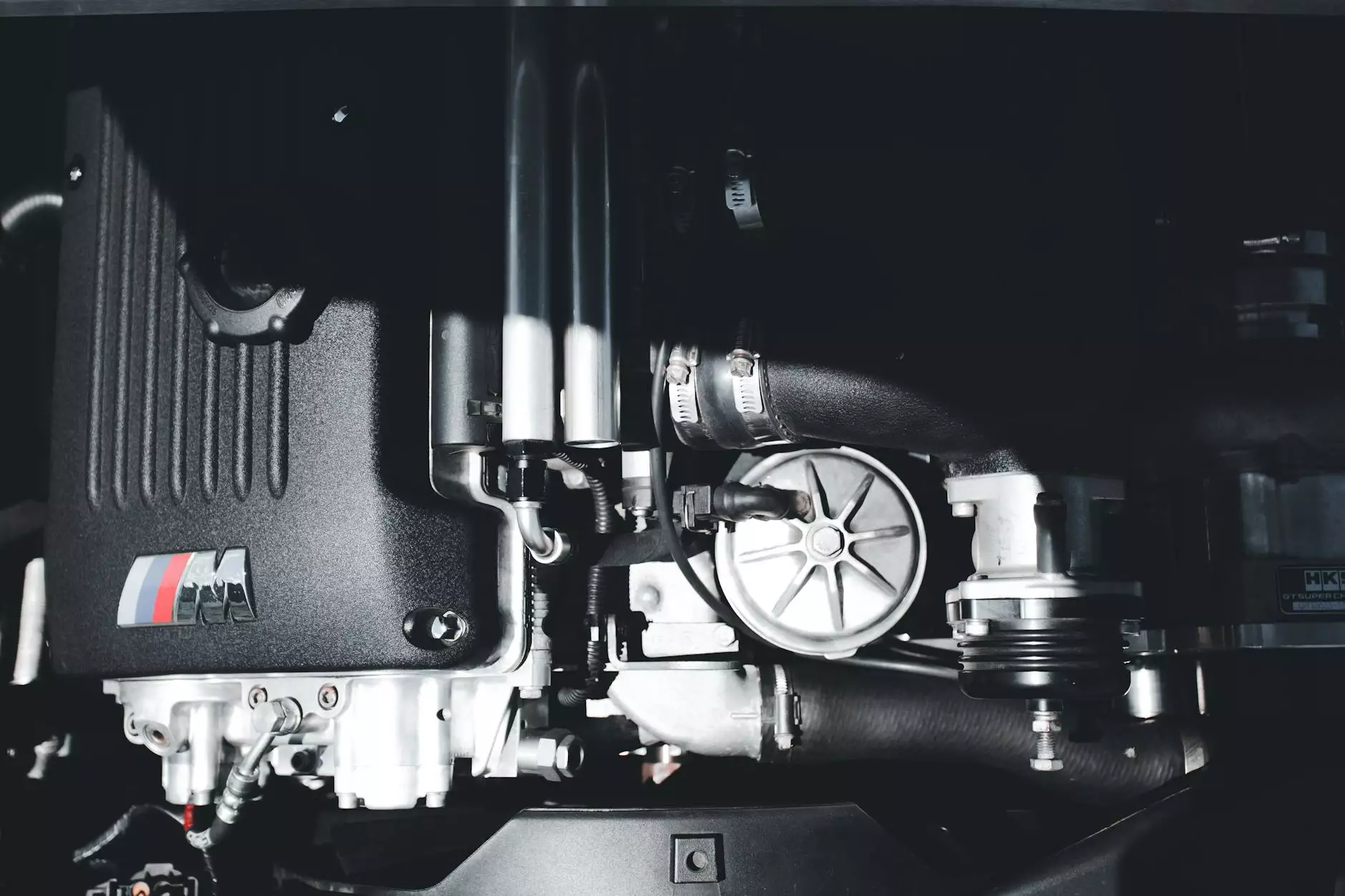Understanding Automatic Manual Valve Bodies

In the world of automotive engineering, performance and efficiency are paramount. Among the various components that play a crucial role in vehicle operations, the automatic manual valve body stands out as a vital part of modern transmission systems. This comprehensive guide will delve deep into the intricacies of automatic manual valve bodies, their functions, and why they are essential for both performance and reliability in today's vehicles.
What is an Automatic Manual Valve Body?
The automatic manual valve body is a critical component of an automobile's transmission system. It acts as the control center for the transmission, managing the flow of transmission fluid to various parts of the system. This control allows the vehicle to shift gears smoothly and efficiently. Understanding its functionality requires some knowledge of how automatic and manual transmissions operate.
Differences Between Automatic and Manual Transmissions
Before diving into the specifics of the automatic manual valve body, it's essential to grasp the fundamental differences between automatic and manual transmissions:
- Automatic Transmissions: These require minimal driver input. The car automatically shifts gears based on speed and load, utilizing hydraulic systems and computers for control.
- Manual Transmissions: These require the driver to manually change gears using a clutch pedal and a gear stick. This provides a more engaging driving experience but also demands more skill from the driver.
- Automatic Manual Transmissions: Also known as dual-clutch transmissions, they combine elements of both systems, allowing for quicker shifts and better fuel efficiency while maintaining driver control.
Functionality of an Automatic Manual Valve Body
The automatic manual valve body is integral to the efficient operation of automatic manual transmissions. This component manages fluid distribution and pressure to facilitate smooth gear shifts. Here’s how it works:
Hydraulic Control
Fluid control is pivotal in transmission systems. The valve body contains a series of valves and passages that direct hydraulic fluid to specific areas in the transmission. When the driver indicates a gear change, the valve body responds by redirecting the fluid to actuate the appropriate clutches or bands, effectively changing the gear.
Electronic Integration
Modern vehicles often incorporate electronic controls into their transmission systems. The automatic manual valve body is equipped with sensors and solenoids that allow for precise, real-time adjustments based on various inputs, such as vehicle speed and engine load. This electronic integration enhances performance and provides a seamless driving experience.
Benefits of an Automatic Manual Valve Body
Investing in a high-quality automatic manual valve body can yield numerous advantages for both vehicle performance and longevity:
- Improved Shift Response: Quality valve bodies enable quicker shifts, which can enhance acceleration and overall driving dynamics.
- Enhanced Fuel Efficiency: By optimizing the shift timing and fluid distribution, these components can contribute to better fuel economy.
- Increased Reliability: A well-functioning valve body reduces wear and tear on transmission parts, leading to improved lifespan and fewer repairs.
- Smoother Operation: Drivers experience a more pleasurable ride with smooth transitions between gears, reducing the chances of stalling or harsh shifts.
Common Issues with Automatic Manual Valve Bodies
Despite their crucial role, automatic manual valve bodies can be prone to specific issues over time. It's essential to recognize these problems early to maintain vehicle performance:
Fluid Leaks
Leaks can occur if seals wear out or if there are cracks in the valve body's housing. Low fluid levels can lead to inadequate hydraulic pressure, resulting in poor shifting performance.
Faulty Solenoids
Since many modern valve bodies rely on electronic solenoids for operation, a malfunction can disrupt the shifting process. This often leads to erratic shifting or the inability to shift altogether.
Clogged Passages
Over time, debris can accumulate in the hydraulic passages of the valve body, preventing proper fluid flow. Regular maintenance can help mitigate this risk.
Maintenance Tips for Automatic Manual Valve Bodies
To ensure optimal performance and longevity of your automatic manual valve body, follow these maintenance tips:
- Regular Fluid Changes: Changing the transmission fluid at recommended intervals keeps the system clean and functioning correctly.
- Inspect Seals and Gaskets: During routine maintenance, check for any signs of leaks or wear in seals and gaskets.
- Monitor Performance: Pay attention to how your vehicle shifts. If you notice delays or harsh engagements, have the system inspected.
- Professional Assessments: Consider having your valve body evaluated by a professional mechanic if you suspect issues.
Choosing the Right Automatic Manual Valve Body
When selecting an automatic manual valve body for your vehicle, it's crucial to consider several factors:
Compatibility
Ensure that the valve body is compatible with your make and model. A mismatched component can lead to significant performance issues or may not function properly.
Quality and Reliability
Opt for brands with a proven track record in the industry. High-quality components typically offer better performance and durability.
Warranty
Choose a valve body that comes with a warranty. This ensures that you’re covered in case of early failure and demonstrates the manufacturer's confidence in their product.
The Future of Automatic Manual Valve Bodies
The automotive industry is experiencing rapid technological advancements, and automatic manual valve bodies are no exception. As vehicles become more automated and connected, the role of valve bodies is expanding. Future developments may include:
- Enhanced Sensor Integration: As sensor technology improves, we can expect even more precise control over transmission performance.
- Smart Valve Bodies: Incorporating AI and machine learning to adapt transmission behavior based on driving habits.
- Eco-Friendly Innovations: Continued emphasis on fuel efficiency and reduced emissions, possibly through improved valve body designs.
Conclusion
In summary, the automatic manual valve body is an indispensable component of modern automotive technology. Its ability to manage and optimize the performance of vehicle transmissions significantly impacts the driving experience. By understanding its functions, benefits, and common issues, vehicle owners can make informed decisions about maintenance and upgrades. Staying ahead in the automotive realm involves recognizing the importance of quality components like the automatic manual valve body. For premium automotive parts and supplies, consider visiting shenghaiautoparts.com for trusted options tailored to your vehicle's needs.









